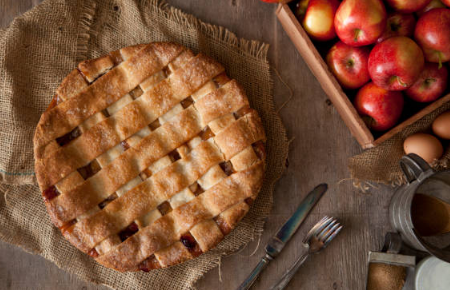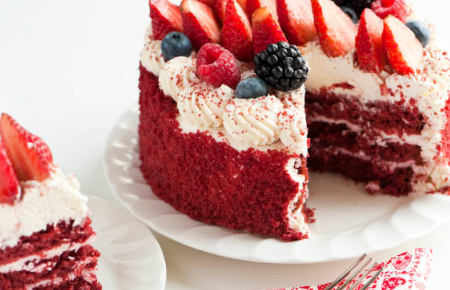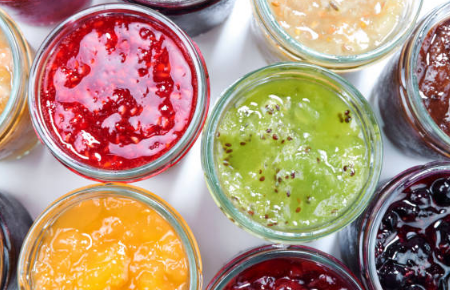How to Tell When Pumpkin Pie is Done Baking

Grilling Brisket on Charcoal: How to Keep It Tender and Juicy
March 28, 2025
How Long Can Cut Watermelon Last?
April 4, 2025Have you ever been asked to make pumpkin pie for a holiday dinner? You should be grateful you got it right, because it’s one of the easiest pies to make! Once you’ve made (or bought) the crust, all that’s left is to mix, pour, and bake. If there’s any trick to it, it’s knowing how to tell when your pumpkin pie is done baking.
In fact, most of the questions about pumpkin pie revolve around “doneness”: Should pumpkin pie be runny? Should it be soft after baking? And if I test it with a knife, how do I cover up any cracks? Here’s everything you need to know about how to tell when your pumpkin pie is done.
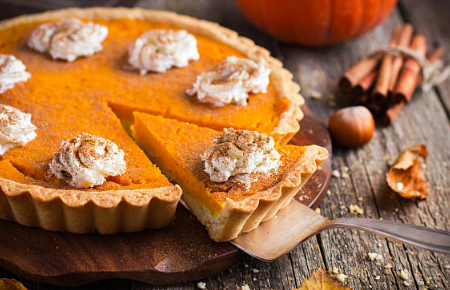
How to Tell When Pumpkin Pie is Fully Baked
Here are three foolproof tests to determine if your pumpkin pie is ready. If the results show that the pie isn’t fully baked, simply put it back in the oven for a few more minutes and test again.
Knife Test
The classic knife test is the simplest and most reliable way to tell if your pumpkin pie is done. Just insert a knife into the center of the pie. If the knife comes out clean, the pie is done.
The only downside to this method is that the knife will leave a crack in the filling. Do you care? Think of it this way: the crack is a surefire sign that you’re making a homemade, authentic pumpkin pie. Most store-bought or mass-produced pies don’t have cracks, so consider it a badge of honor!
But if you really mind, you can cover the crack with sweetened whipped cream. Or, carefully arrange a decorative pastry crust over the pie to hide the crack.
Instant-Read Thermometer Test
Yes, there’s a thermometer to help you know when your pumpkin pie is done. Simply insert an instant-read thermometer into the pie filling to check for doneness. According to the FDA, the internal temperature of the pie should reach at least 180°F (76°C) at its coldest point.
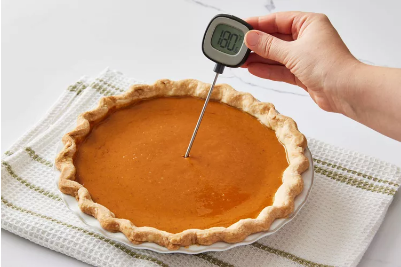
Jiggle Test
Want to check if your pumpkin pie is done without cutting or poking the filling? Just gently jiggle it. When the pie is baked, the center should wobble slightly, but it shouldn’t be liquid. This is the best test if you want to avoid cracking in the filling.
More Tips for Preventing Cracks in Your Pumpkin Pie
While the jiggle test can help avoid cracks, sometimes cracking happens due to other issues.
If the pie is too close to the top heating element in the oven, the filling might form a “skin” that cracks during baking. This can also cause the filling to shrink away from the crust as it cools. For best results, bake the pie in the lower third of the oven.
Can Pumpkin Pie Be Overbaked?
Yes, pumpkin pie can be overbaked, so remember that custard pies (including pumpkin) continue to cook after they come out of the oven. So, whether you’re using the knife, thermometer, or jiggle test, always set your timer for the shortest recommended baking time and check the pie when the timer goes off.
Signs Your Pumpkin Pie is Overbaked
According to pumpkin experts, if you notice small bubbles forming around the edges of the filling, or if the filling is separating from the crust, it’s a sign the pie is overbaked. If this happens, remove the pie from the oven immediately.
Also, be mindful not to burn the edges of the crust. You can cover the edges with aluminum foil or use a store-bought pie crust shield to prevent this.
Now that you know how to tell when your pumpkin pie is perfectly baked, you’re ready to make one of the simplest and best autumn desserts!

